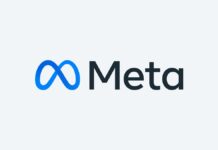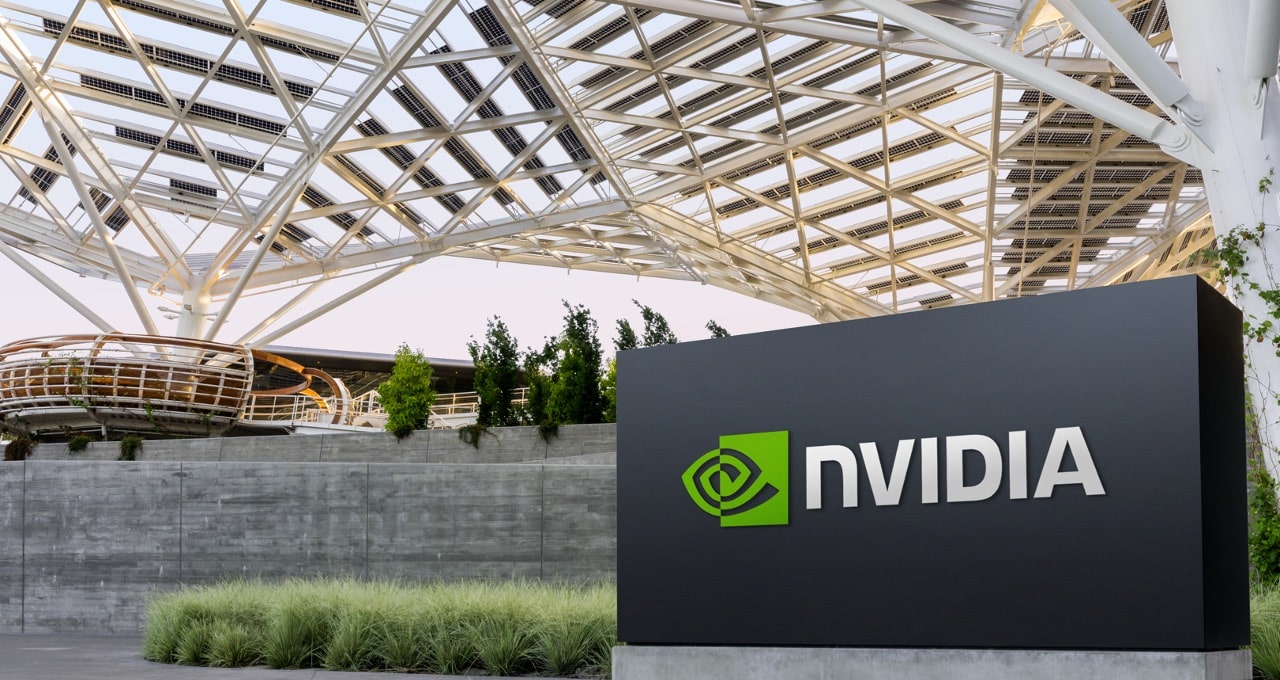The Impact of Regulatory Changes on AI and U.S. Technological Leadership
For many years, the strength and influence of the United States have largely depended on its leadership in computing and software ecosystems. The U.S. federal government has traditionally taken a hands-off approach, allowing the free market to dictate the design, marketing, and sales of computers and software. This strategy has been pivotal in fostering innovation and driving economic growth, positioning the U.S. at the forefront of technological advancements.
The Foundation of AI Leadership
During the first Trump Administration, significant groundwork was laid that bolstered America’s position in the field of Artificial Intelligence (AI). Policies were crafted to create an environment in which U.S. industries could thrive on merit without jeopardizing national security. This set the stage for mainstream AI to become a critical component of modern applications, significantly contributing to economic growth and cementing the U.S.’s leadership in cutting-edge technology.
AI’s integration into various sectors such as healthcare, agriculture, manufacturing, and education is a testament to its transformative power. By leveraging American technology, these fields have experienced significant advancements, driving economic growth and creating new opportunities both domestically and internationally.
The Threat of New Regulations
However, this progress is now under threat. The Biden Administration is proposing a new "AI Diffusion" rule, which many critics argue is misguided and unprecedented in its scope. This regulation aims to restrict access to mainstream computing applications, posing a risk to innovation and economic growth on a global scale.
The proposed regulation comprises over 200 pages and was drafted without the benefit of thorough legislative review. It seeks to impose bureaucratic control over the design and marketing of America’s leading semiconductors, computers, systems, and software on a global scale. Critics argue that such overreach could stifle competition, a fundamental driver of innovation, potentially squandering the technological advantage that the U.S. has worked hard to achieve.
Implications for Global Competitiveness
While the rule is presented as an "anti-China" measure, experts suggest that it does little to enhance U.S. security. Instead, by attempting to control technology that is already widely available in consumer hardware and gaming PCs, the new regulations could weaken America’s global competitiveness. The innovation that has kept the U.S. ahead in the technological race may be undermined, a situation that could have far-reaching implications for the country’s position on the world stage.
The regulation is not enforceable for 120 days, yet it is already having a negative impact on U.S. interests. Observers argue that American success has historically been driven by innovation, competition, and the sharing of technology with the world. By potentially retreating behind a wall of government oversight, the U.S. risks losing its competitive edge not only in AI but in the broader technological landscape.
A Call for Policy Reconsideration
It is essential to revisit policies that have historically strengthened American leadership and bolstered the economy. The focus should remain on fostering an environment where innovation, competition, and technological sharing thrive. By doing so, the U.S. can maintain its leadership in AI and continue to drive economic growth and technological advancements.
In conclusion, while the intention behind the new AI regulations may be to protect national interests, it is crucial to carefully consider their broader implications. Striking a balance between regulation and innovation is vital to ensure that the U.S. remains a leader in technology, benefiting not only its economy but also its global influence.
Ned Finkle, vice president of government affairs at NVIDIA, emphasizes the importance of maintaining policies that promote American leadership and competitive advantage in AI and beyond.
For further information and insights, readers can visit the original news article here.
For more Information, Refer to this article.


































![Good Lock Features: Discover the Top Favorites [Exploring Good Lock ②] Unveiling the Most Popular Good Lock Features](https://www.hawkdive.com/media/samsung-mobile-good-lock-home-up-3-most-popular-features_thumb728-218x150.gif)